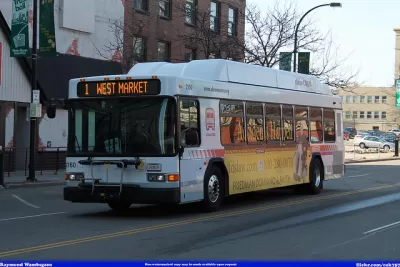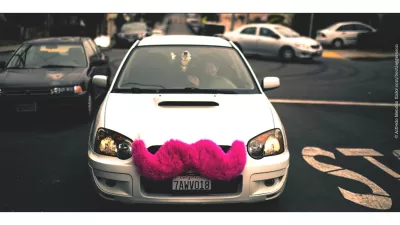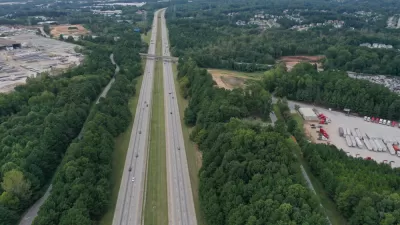A new study by Rahul Pathaka, Christopher K. Wyczalkowskib, Xi Huangb produces new evidence for the most effective method for improving conditions of poverty.

[Updated January 15, 2018] Affordable housing projects might not be the best way to improve concentrated poverty. In fact, "[n]ew research suggests that a more effective approach to changing the geography of poverty requires the expansion of effective public transportation systems," according to an article by Andrew Miller.
The study, published in the Regional Science and Urban Economics journal, finds evidence that, for transit-dependent commuters, the affordability of a neighborhood can depend on proximity to transit stops. The study analyzes tract-level U.S. census data in the Atlanta metropolitan area from 1970 to 2010. According to Miller, "the authors found that the presence of a public bus route in Atlanta’s suburban census tracts is associated with a 2.32 percent increase in the poverty rate on average, compared to census tracts without bus routes."
The study also established a causal relationship between bus routes and poverty, and expands similar findings from previous studies to suburban settings.
FULL STORY: HOW PUBLIC BUS ROUTES CAN DECONCENTRATE POVERTY AND PROMOTE EQUITY

Maui's Vacation Rental Debate Turns Ugly
Verbal attacks, misinformation campaigns and fistfights plague a high-stakes debate to convert thousands of vacation rentals into long-term housing.

Planetizen Federal Action Tracker
A weekly monitor of how Trump’s orders and actions are impacting planners and planning in America.

San Francisco Suspends Traffic Calming Amidst Record Deaths
Citing “a challenging fiscal landscape,” the city will cease the program on the heels of 42 traffic deaths, including 24 pedestrians.

Defunct Pittsburgh Power Plant to Become Residential Tower
A decommissioned steam heat plant will be redeveloped into almost 100 affordable housing units.

Trump Prompts Restructuring of Transportation Research Board in “Unprecedented Overreach”
The TRB has eliminated more than half of its committees including those focused on climate, equity, and cities.

Amtrak Rolls Out New Orleans to Alabama “Mardi Gras” Train
The new service will operate morning and evening departures between Mobile and New Orleans.
Urban Design for Planners 1: Software Tools
This six-course series explores essential urban design concepts using open source software and equips planners with the tools they need to participate fully in the urban design process.
Planning for Universal Design
Learn the tools for implementing Universal Design in planning regulations.
Heyer Gruel & Associates PA
JM Goldson LLC
Custer County Colorado
City of Camden Redevelopment Agency
City of Astoria
Transportation Research & Education Center (TREC) at Portland State University
Jefferson Parish Government
Camden Redevelopment Agency
City of Claremont





























